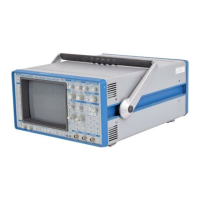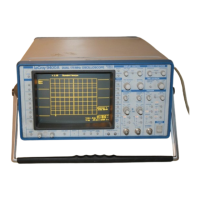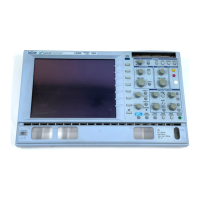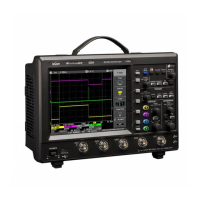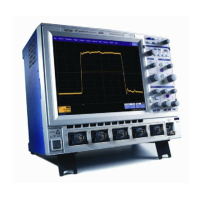A–20
Specifications
Roll Mode:
Ø Ranges 500 ms–1000 s/div
Ø For >50 000 points: 10–1000 s/div
External Clock:
Ø =100 MHz on EXT input with ECL, TTL or zero crossing levels
Ø Optional 50–500 MHz rear panel fixed frequency clock input
Triggering System Modes: Normal, Auto, Single, and Stop
Sources: CH1, CH2 (plus CH3 and CH4 on four-channel
models), Line, Ext, Ext/10; Slope, Level and Coupling able to be
set independently
Slope: Positive, Negative
Coupling: AC, DC, HF, LFREJ, HFREJ
Pre-trigger Recording: 0–100 % of full scale adjustable in 1 %
increments
Post-trigger Delay: 0–10 000 divisions adjustable in 0.1 div
increments
Holdoff by Time: 10 ns–20 s
Holdoff by Events: 0–99 999 999 events
Internal Trigger Range: ±5 div
EXT Trigger Max Input:
Ø 50 Ω ±1 %: ±5 V DC (500 mW) or 5 V rms
Ø 1 MΩ/15 pF: 400 V max. (DC + peak AC ≤10 kHz)
EXT Trigger Range: ±0.5 V (±5 V with Ext/10)
Trigger Timing: Trigger Date and Time listed in “Memory
Status” menu
SMART Trigger Types Signal or Pattern Width: Triggers on width between two limits
of between 2.5 ns and 20 s
Signal or Pattern Interval: Triggers on interval between two
limits of between 10 ns and 20 s
Dropout: Triggers if the input signal drops out for a time-out
longer than 25 ns–20 s
State/Edge Qualified: Triggers on any source only if a given
state or transition — number of events, time interval — on
another source
TV: Selection of both line (up to 1500) and field number (up to
8) for PAL, SECAM, NTSC or nonstandard video
Exclusion Trigger: Triggers only on shorter-than-normal
(defined) aberrations
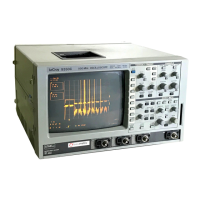
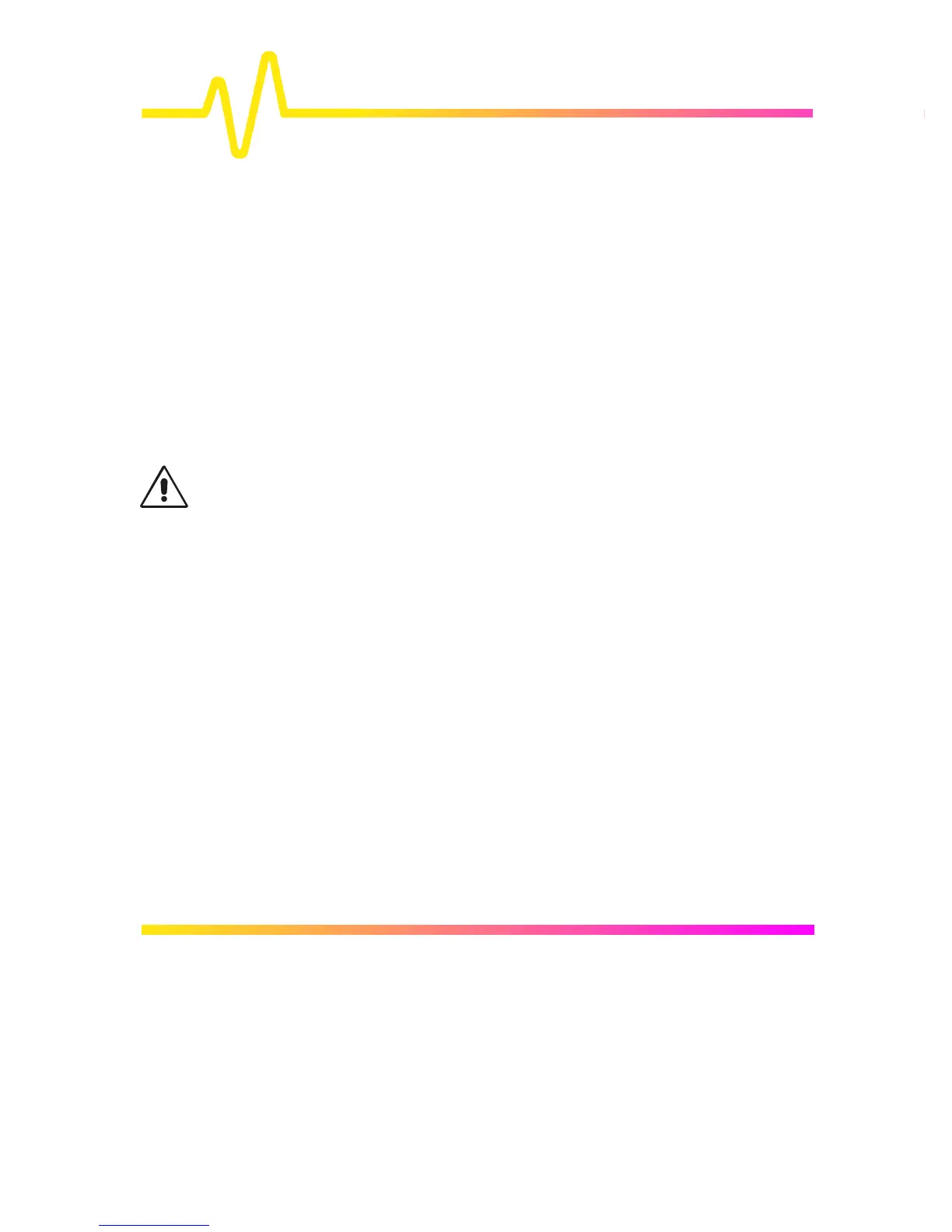